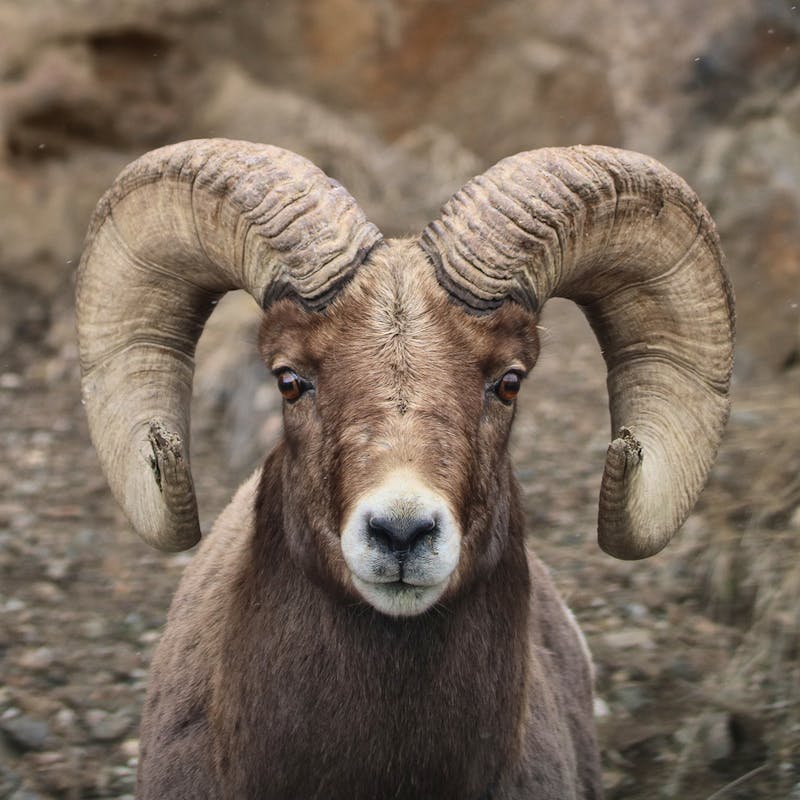From the Pacific Ocean to the Gulf of Mexico, the 2,000-mile U.S.-Mexico border passes through regions rich in biological diversity and human communities engaged in conservation. For decades, U.S. and Mexican agencies, nonprofits, universities and ranchers, retirees and others have teamed up to restore rivers, streams, forests, grasslands and at-risk wildlife, to keep habitat linkages intact and to protect large natural areas.
Background Information
Existing fencing: The border wall currently covers 700 miles of the 1,954-mile U.S.-Mexico border and is lined with walls, fences and other barriers, according to the U.S. Custom and Border Protection.
Natural borders: In areas closest to cities, it has multiple layers. In others, there is no wall because the terrain already provides a natural barrier, such as the widest parts of the Rio Grande River and steep, rugged mountain ranges.
Species biodiversity: The wall will potentially impact the 89 endangered species and 108 species of migratory birds that call the area home, including in numerous wildlife refuges as well as protected wetlands. Endangered species include jaguar, Mexican gray wolf, ocelot and Sonoran Pronghorn.
Geographic variety: The region runs from the California coast to the Texas Gulf and crosses national parks, wildlife refuges, wilderness areas, national forests, Bureau of Land Management lands as well as state, private and Native American tribal lands.
Impacts: Construction, improvement and maintenance of border patrol roads, camps and facilities, operational noise and removal of vegetation harm wildlife.
Its future: On January 25, 2017, President Donald Trump signed an executive order to build and complete the remainder of the border wall on the U.S.-Mexican border - all 1,302 miles of it. President Donald Trump declared a national emergency and invoked an anti-terror act, the 2005 REAL ID Act, to make that happen without following bedrock, environmental laws. Short-term and long-term consequences of a border wall on wildlife include increased wildlife mortality, disrupted wildlife migrations, reduced wildlife populations and altered waterflows. In a proclamation, President Joe Biden terminated the declaration of a national emergency on the border on January 20, 2021, paused border wall construction and directed his Administration to develop a plan for the redirection of funds concerning the southern border wall. Unfortunately, some border wall construction continues in the Lower Rio Grande Valley of Texas under the pretext of flood levee repair.
Landscapes affected
The borderlands, shared by the United States and Mexico, encompass some of North America’s most diverse and unique landscapes—and some of its most threatened. This unique and ecologically significant region spans desert, mountain and subtropical habitats, supporting thousands of species of plants and animals, dozens of human communities and many sites of remarkable cultural and historic importance. From seas of saguaro cactus to pine-clad mountains and verdant river corridors, the borderlands harbor spectacular and irreplaceable natural wonders.
Among many other habitats, the proposed wall could cut off valuable national wildlife refuge land in the Lower Rio Grande Valley (LRGV), blocking access to natural spaces that provide opportunities for learning and outdoor recreation.
Take a virtual tour along the border with our interactive map:
Wildlife affected
Imperiled species living in the borderlands include the jaguar, ocelot, Sonoran pronghorn, Mexican gray wolf, Peninsular bighorn sheep, and subspecies of ferruginous pygmy-owl found nowhere else in the United States. Their survival depends on connected habitat extending southward into Mexico. An extensive network of national parks, monuments, wildlife refuges, national forests, national wilderness areas and preserves protect essential wildlife habitat and important cultural resources on both sides of the border.
What Defenders is doing
Defenders has stood against the border wall from the beginning, bringing a landmark challenge in 2007 that won an injunction halting the Bush administration’s effort to build a wall in the San Pedro River National Riparian Conservation Area in Arizona. Then, when then-Secretary of DHS Chertoff waived laws that protected the San Pedro, we filed a case asking the Supreme Court to review the constitutionality of the Real ID Act waiver authority. Our efforts include defending Santa Ana and the Lower Rio Grande Valley National Wildlife Refuge, challenging the San Diego Border Wall and Prototype Waiver, highlighting species conservation in the Borderlands and opposing damaging borderland legislation on Capitol Hill.
Take Down the Wall. With the election of a new President in 2020, Defenders is advocating alongside a diversity of partners for the mitigation of damage caused from border wall construction in sensitive habitats, the reestablishment of critical, international wildlife movement corridors, and rescinding the legal authority for Presidents to waive all laws along the border for national security, including border wall construction.
In the Shadow of the Wall, a two-part Defenders of Wildlife report, explores these and other conservation consequences of extending the wall along the U.S.-Mexico border in detail. Part I: Wildlife, Habitat and Collaborative Conservation at Risk provides an overview of how the wall affects wildlife, habitat, human communities, conservation and binational collaboration. Part II: Conservation Hotspots on the Line profiles five hotspots along the border—areas with high biological diversity created and preserved by significant investments in conservation lands and conservation projects. Hotspot by hotspot, Part II gives voice to the scientists, agency and conservation group employees, tribe members and citizens whose stories make a compelling case against the wall.






